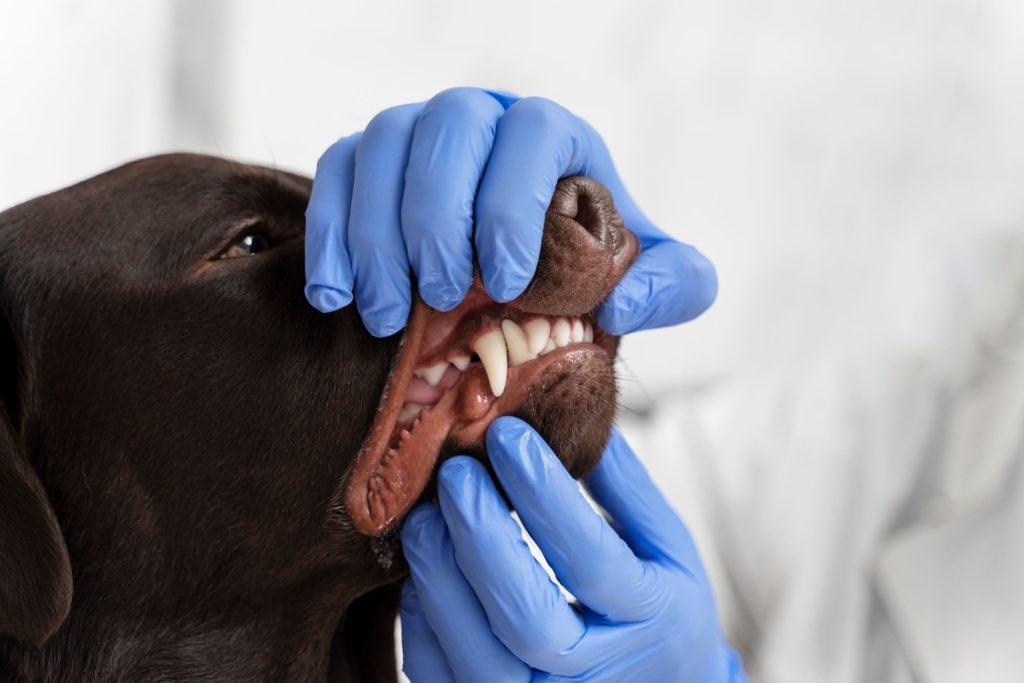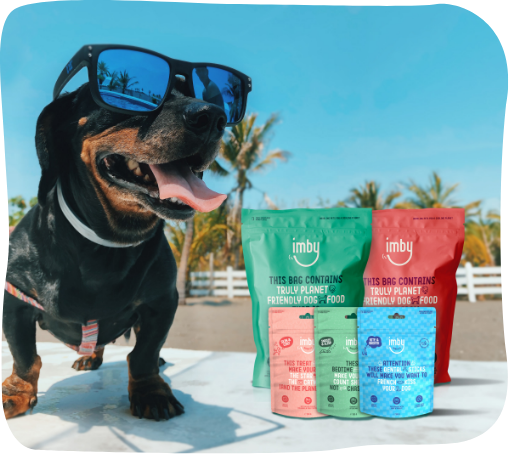Use code CHANGE20 for 20% off your first dog food order!
Use code CHANGE20 for 20% off your first dog food order!



In this article, we explore the causes and symptoms of skin allergies in dogs and suggest ways to address them.
Nearly half of all allergies in dogs are flea allergies. If your four-legged friend comes into contact with fleas, just one bite can trigger a severe and widespread inflammatory reaction. Symptoms such as intense itching, restlessness, bite marks, hair loss, and skin flaking are common.
The best way to confirm if your dog has a flea allergy is by checking for fleas in their fur or in the areas where your dog frequently stays. A flea comb can be very helpful in this process. While many dogs with this type of allergy may not have many fleas, their sensitivity to even a single bite can cause a strong reaction.
If you’re unsure, we always recommend scheduling a visit to the vet.
Once you’re certain it’s a flea allergy, comprehensive flea control is the only way to eliminate the problem. Both your dog and their environment need to be treated for fleas, which can often take several months. As with many issues, prevention is better than cure. There are various anti-flea products available that can help prevent the problem before it starts.
Food allergies are the second most common type of allergy in dogs, and in 80% of cases, they are caused by animal proteins. Chicken, beef, lamb, and dairy products are the biggest culprits, along with wheat, which can also trigger allergic reactions.
Symptoms of a food allergy include severe itching, bald patches, and redness or inflammation of the skin. Imby’s recipes can offer a solution relatively quickly, as they are free from animal proteins, wheat, and barley.
If you have any questions, consult your vet.
An atopy or environmental allergy in dogs is caused by substances in the environment. These allergies are typically seasonal (such as pollen) but can also be triggered by allergens like house dust mites, which can cause problems year-round. The symptoms are similar to those of other allergies, including itching, skin irritation, and bald patches.
To diagnose a skin allergy, it’s recommended to first test for a flea allergy. Next, you can try an elimination diet to check for food allergies. Finally, you can opt for a blood test or skin test to determine if your dog has an environmental allergy. These tests are usually quite costly, so it’s best to consider them as a last resort. If your dog is experiencing severe symptoms, it’s always wise to schedule an appointment with your vet immediately. After all, you wouldn’t wait long if you were suffering from itching or irritation, would you?





It's all to make your browsing and shopping experience at Imby, a real treat! Read more about it in our Privacy Policy.
4.8 out of 5 stars
based on 1171 reviews



"*" indicates required fields